
As much as I enjoyed the story and art of The Shadow Hero, by Gene Luen Yang and Sonny Liew, what I truly most enjoyed about this book is the explanation of how the book came to be. (You may know Yang’s name from his wonderful American Born Chinese and/or Boxers & Saints)
After the main story ends, Yang gives an overview of the origin of the story of the The Green Turtle, one of the first superheroes created by an Asian-American artist Hank Chu, and his battles with publishers to create an Asian-American superhero. He actually failed in this fight, according to rumors that Yang chased down, and his original Green Turtle comic – published during the Golden Age of Comics — is interesting in that Chu always hides the face of his hero, so the reader can’t discern racial identity.
Let me have Yang explain:
Yang and Liew decided to invent the “back story” of the Green Turtle in The Shadow Hero, providing insights into Chinese-American culture, racial prejudice, and the myth of The Green Turtle superhero, who has been mostly forgotten in comic circles. Until now.
Following Yang’s piece of writing, the two provide the very first comic of The Green Turtle, as a sort of interesting time travel twist. You can get the sense of what Chu was after with his creation, and see how he pushes up against the publisher’s restraint against an Asian-American comic book superhero. It’s a fascinating lesson in history.
The story in The Shadow Hero is solid, inventive and engaging, with plenty of action and humor, and a bit of tame romance. I would say this book would work fine for upper elementary, middle and high school students.
Peace (in the story),
Kevin

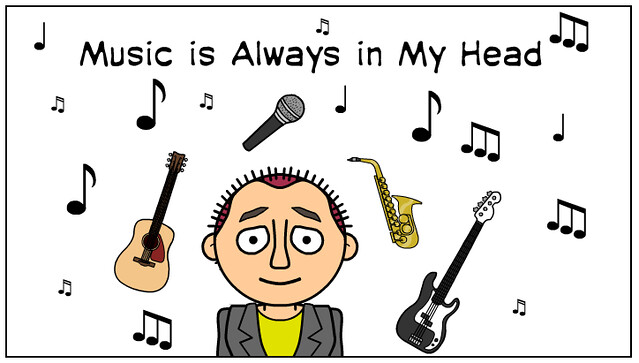
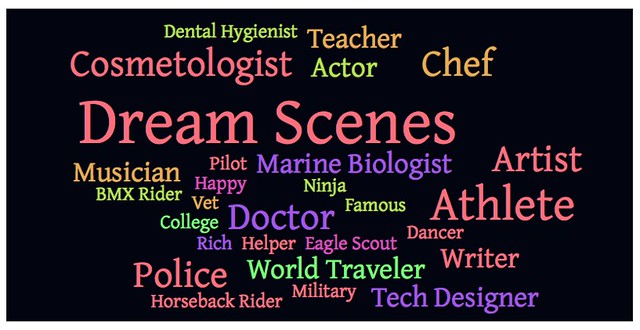
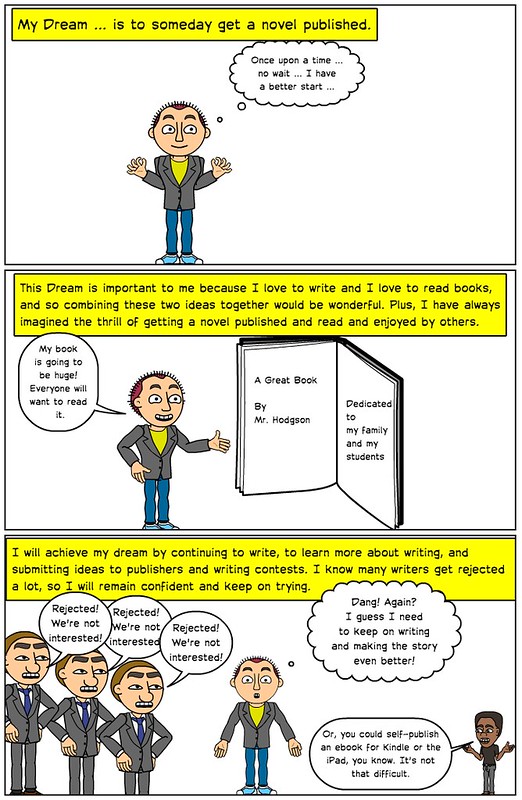

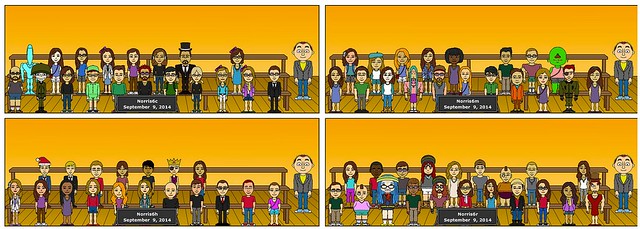
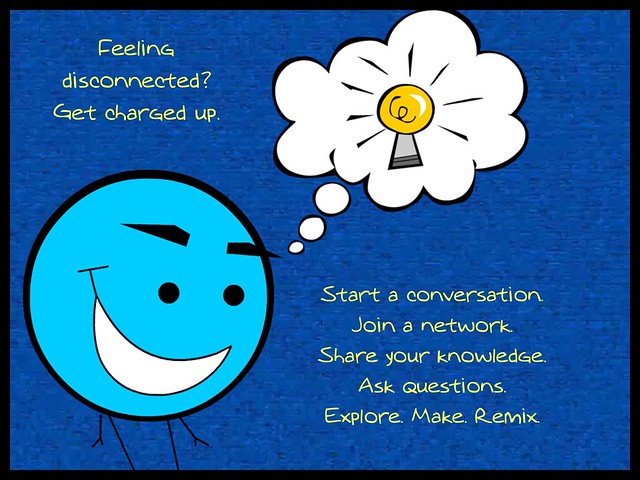
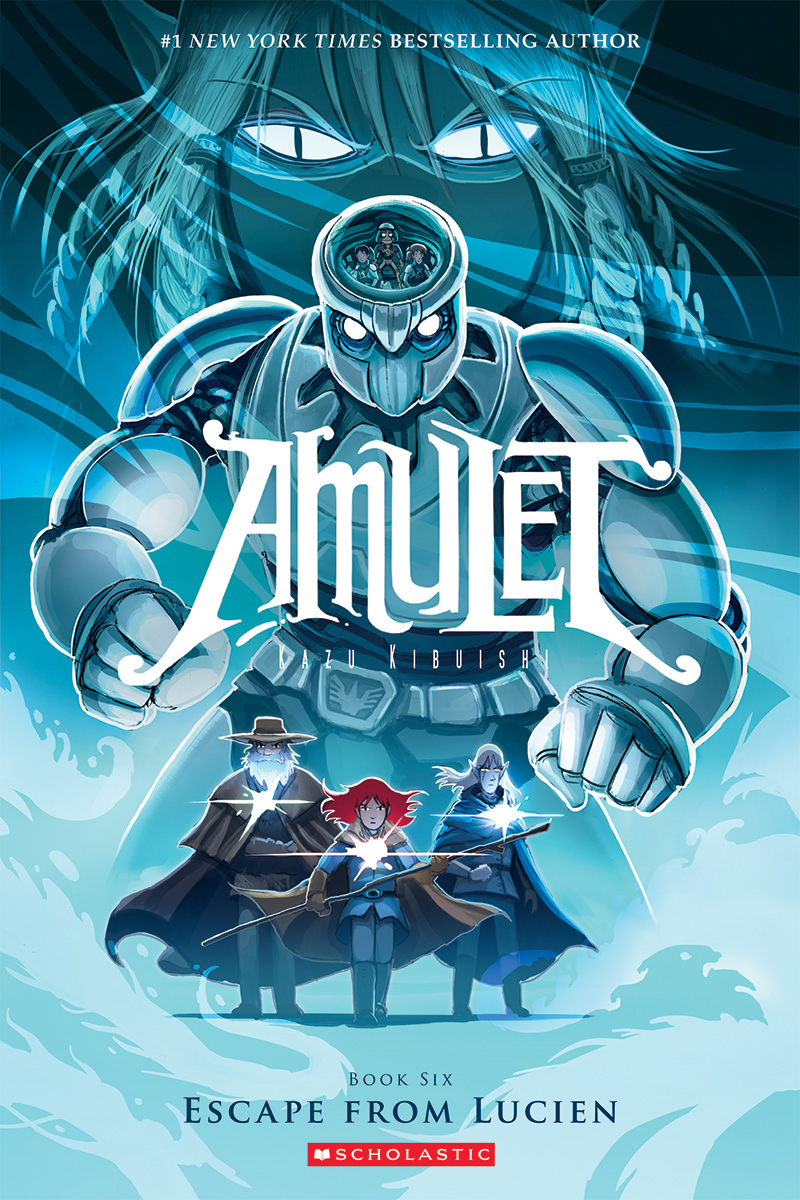
 Peace (in the power of story),
Peace (in the power of story),